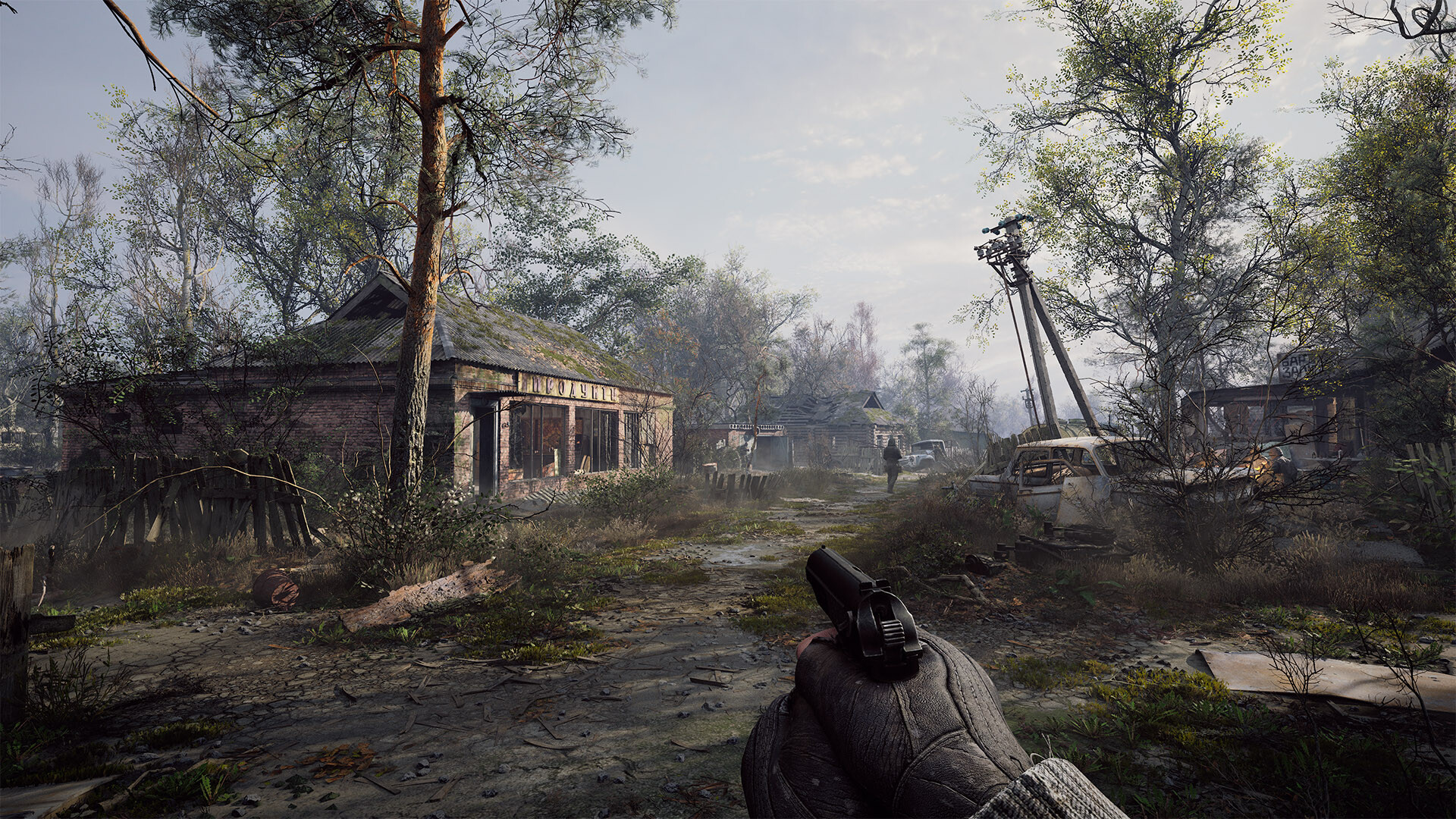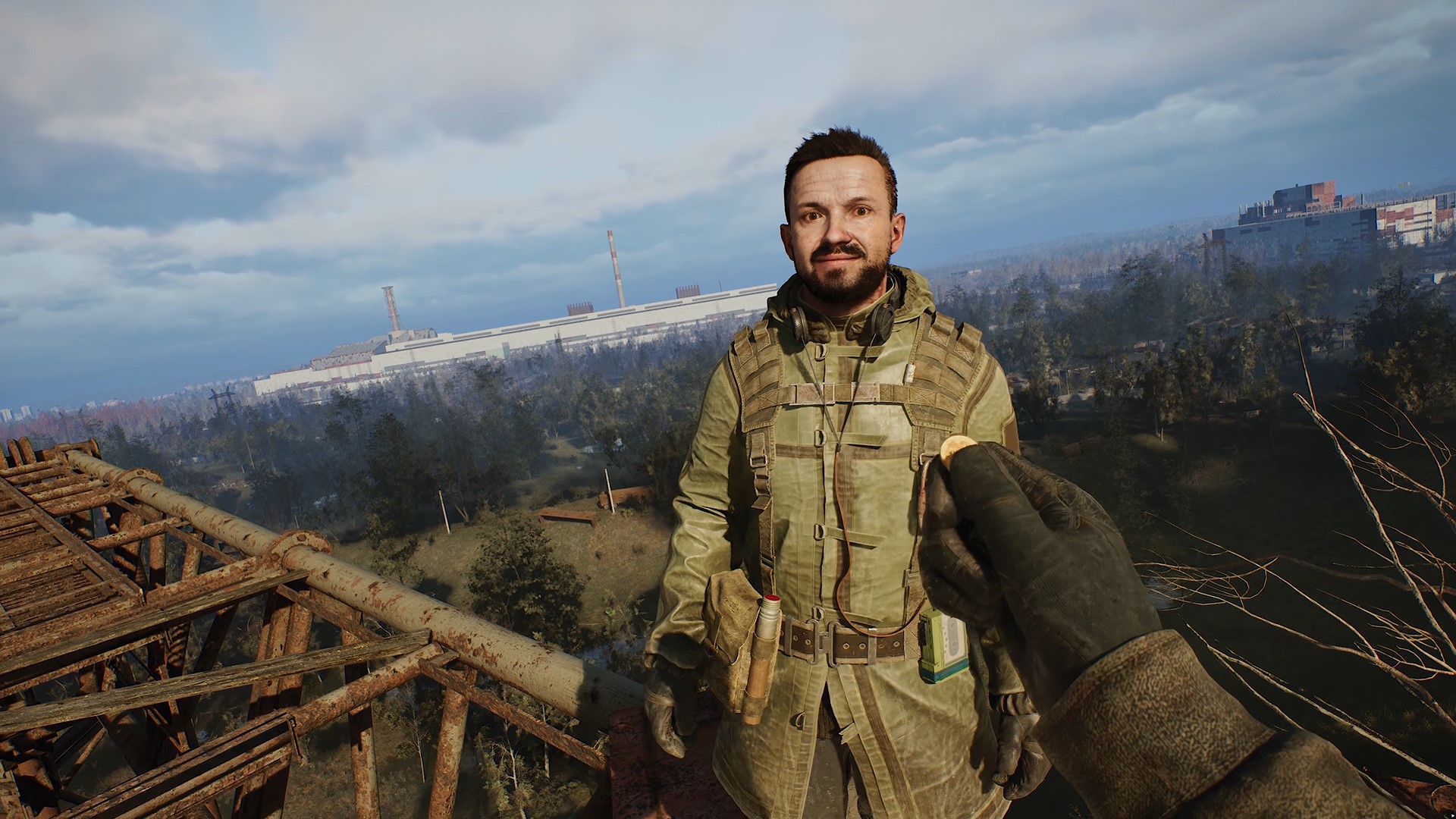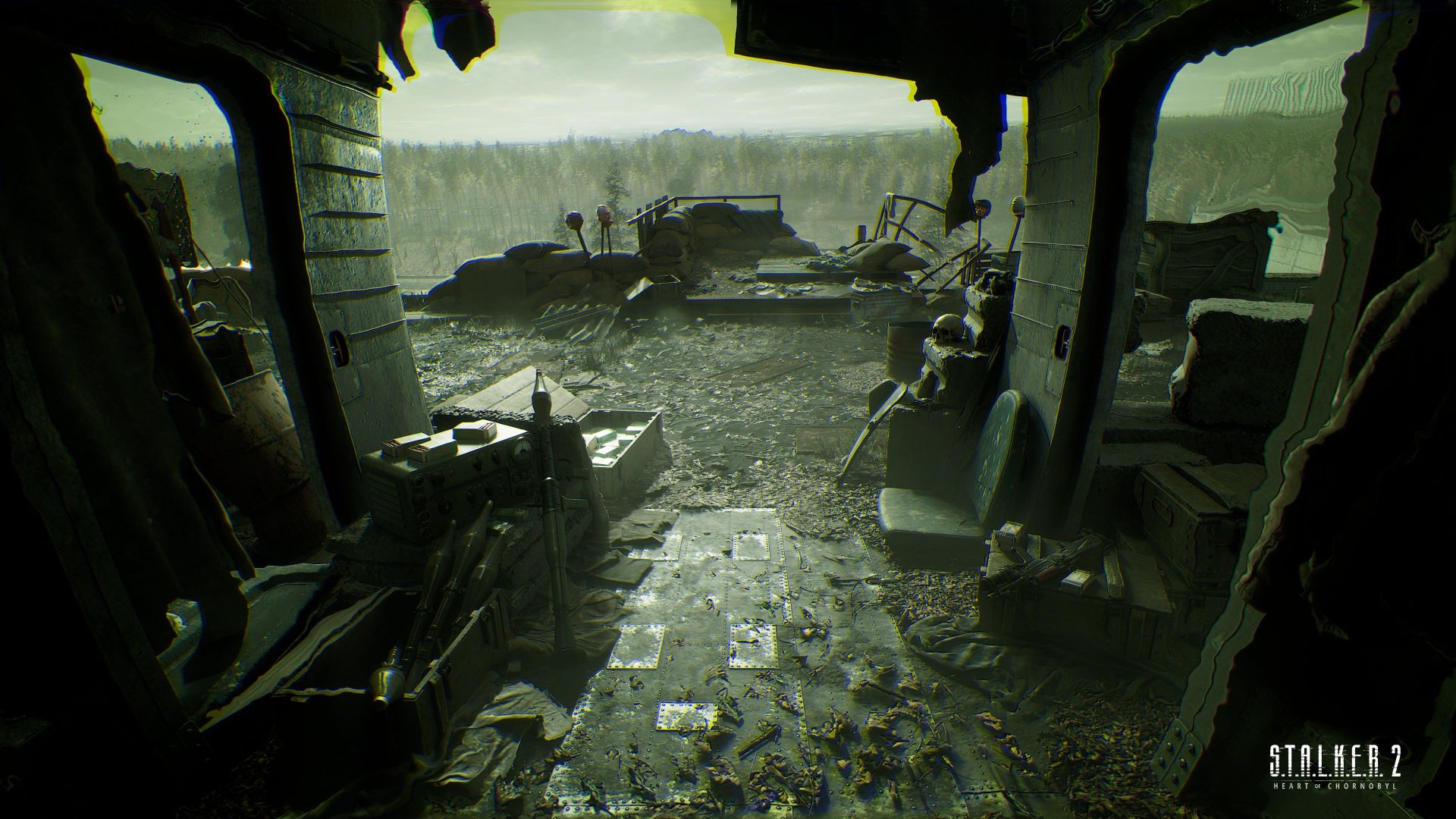GSC Game World’s S.T.A.L.K.E.R. series is considered as one of the best games in its class, thanks to its fantastic depiction of a post-apocalypse, complete with the brutality and chaos that comes with it. Last year’s S.T.A.L.K.E.R. 2: Heart of Chornobyl was a much-awaited sequel that made fans endure more than a couple of delays, but the end product was nothing short of spectacular.
It’s been a year since the game originally came out, and it stands tall as one of the best-looking games on the market. Keeping in line with originally Xbox-exclusive releases making their way to Sony platforms, S.T.A.L.K.E.R. 2 is finally available on PS5. Naturally, that raises the question: how does it perform, and how does it stack up against its direct competitor, the Xbox Series X, as well as a decently powered PC?
S.T.A.L.K.E.R. 2 is built on Unreal Engine 5, the latest version of Epic’s widely used development tech. It has a competent rendering stack that puts together intelligent world streaming systems, ray-traced GI, robust NPC generation systems, and photogrammetry options together to create a framework that’s truly unparalleled, although many games on it have struggled on the performance front.
Regardless, it’s a cross-platform engine at its core, so porting from one system to another (and to PC) isn’t as demanding as it would be with a platform-specific engine. As a result, there isn’t a stark difference between the different versions of S.T.A.L.K.E.R. 2, just iterative upgrades and improvements from console to PC.
On PS5, S.T.A.L.K.E.R. 2 benefits from a robust rendering pipeline that showcases the game at its best while maintaining stable performance. The same global illumination solution seen in previous versions is used here, ensuring both direct and indirect lighting remain accurate, while additional cinematic lights are introduced during cutscenes to highlight character expressions and add depth to key moments.
Texture quality is also great, with a high average polycount found across all assets in the environment. S.T.A.L.K.E.R. 2 also makes use of photogrammetry to great effect, so the different materials on display look quite realistic. Asset density is also appropriately high, and the visual pop-in is minimal – making the world feel a lot more surreal.

This version closely resembles that of the Xbox Series X, and we can see comparable rendering resolutions across the board. Of course, that shouldn’t come as a surprise since both machines have similar architectures and power budgets. But that doesn’t mean that there aren’t any differences that you can spot.
Surprisingly, the PS5 can outperform the Xbox Series X by a small margin – and that’s evident in the environments. You can spot some increased foliage density or sharper shadows with lesser artifacting, so the asset density quality seems to be a tad bit higher on the PS5 than what Microsoft’s machine can achieve. But again, both of these versions have the same presentation in broad strokes.
To recap, S.T.A.L.K.E.R. 2 recommends players have at least a Ryzen 7 5800X or equivalent CPU, 32 GB of RAM, and RTX 3070 Ti. For our testing purposes, we ran the game on a system comprising an AMD Ryzen 9 5950X, Nvidia RTX 3080 Ti, and 32 GB RAM which is quite a bit over what the game recommends for itself. We also installed the game on a PCIe 4.0 NVMe SSD to ensure storage performance wasn’t a limiting factor in our testing.

S.T.A.L.K.E.R. 2 on PC presents us with a wide range of sliders that can be used to find the perfect balance between performance and graphical fidelity. The game offers options for upscaling with support for both AMD’s FSR 3, Nvidia’s DLSS, and Intel’s XeSS alongside frame generation options. For our tests, we knocked the settings all the way to Epic at a resolution of native 4K. DLSS upscaling was turned to Quality, which puts the internal rendering scale to 66 percent.
Compared to the PS5, the PC version pulls ahead slightly, with the PS5 release essentially serving as a close approximation of the PC’s High preset. In our tests, texture quality was consistently better on PC, with noticeably sharper assets across the various environments. World streaming also performed a bit better, resulting in fewer visible LOD pop-ins and swapping artifacts than on consoles.
Another noticeable upgrade lies in the game’s volumetric effects. Fog, smoke layers, and atmospheric scattering appear richer and more detailed on PC, particularly at sunrise or during the intense electrical storms that sweep across the Zone. These effects tend to get dialed down on the PS5,, but the Epic settings on PC allow them to shine brighter – resulting in a more solid post-processing pipeline.

When it comes to performance, all three versions have quite a few differences. On the PS5, S.T.A.L.K.E.R. 2 offers both a Quality Mode which runs on a higher native resolution with all the graphical bells and whistles and a cap of 30fps, and secondly, there’s a performance Mode, which tones down a few knobs and bumps the frame rate to 60 FPS.
The 60 FPS mode is obviously the preferred way to play since the responsiveness does help in combat, and we are happy to report that it holds up well for the majority of gameplay scenarios – only showing drops during heavy combat encounters or occasionally sprinting across open fields. Quality Mode provides a more stable image and hovers around its target frame-rate a lot more – but it just doesn’t feel right in comparison to the sheer fluidity of the performance mode.
Comparing it to the Xbox Series X, it’s almost similar, with Microsoft’s machine exhibiting a similar performance profile. However, it does maintain slightly better stability in open regions. Frame dips are less frequent on the Series X, likely due to a combination of its marginally stronger GPU and the many post-launch patches that have improved and stabilized performance.

Back at launch on the PC, S.T.A.L.K.E.R. 2 was averaging anywhere between 40fps to 60fps when we turned up the settings to Ultra with 4K resolution and DLSS upscaling, and the major culprit for tanking the frame rate continues to be the post-processing effects like volumetrics and particle effects. It’s a graphically demanding game on the PC, and using an aggressive DLSS option or adaptive VSync might help in achieving a more stable 60fps result.
When comparing load times between the two consoles, starting a new game on PS5 takes roughly 10 seconds. That might not sound especially quick at first glance, but it’s still noticeably snappier than the Xbox Series X, which takes a bit longer to load into the game. As such, the PS5 edges ahead in this regard. This highlights the strengths of Sony’s hardware and its higher SSD I/O throughput, though there’s clearly room for further optimization on the Series X side.
Conclusion

S.T.A.L.K.E.R. 2: Heart of Chornobyl stands tall as a technical and artistic showcase across every platform, but each version has its own identity – making it hard to choose one over another. The PS5 and Xbox Series X deliver visually rich experiences that capture the hidden beauty of the Exclusion Zone with minimal compromises.
When it was first released last year, we at GamingBolt absolutely loved it, awarding a superb 9/10. However, the game has been drastically improved over the last several months, with many patches fixing various balance issues, tightening up gameplay mechanics, and, most importantly, addressing A Life. S.T.A.L.K.E.R. 2 now feels great to play regardless of which version you choose, and it easily stands as one of the best shooters of this generation. It delivers an intimidating world that makes every bit of progress feel earned. It’s hard, brutal, and challenging all at once, and that’s exactly why the gameplay loop feels so engaging—it keeps you on edge at all times and never lets up.
The PS5 edges ahead slightly in visuals and load times, and GSC Game World has also made good use of DualSense’s enhanced haptics to make the experience a lot more interactive – but performance isn’t nearly as stable as what Xbox Series X can offer. But both versions of the game remain the same in broad strokes, and are great choices nonetheless. Yet, the PC version remains the definitive way to experience the game on account of higher flexibility for adjusting the balance between fidelity and performance.
S.T.A.L.K.E.R. 2 on the PS5 is a great conversion of what is one of the best post-apocalyptic experiences of recent memory. There may still be a few rough edges here and there, but GSC Game World has done a commendable job overall, and those who didn’t get a chance to play it at launch should definitely give it a try now. It’s in a much better state today, thanks to the numerous patches released over the past year.


